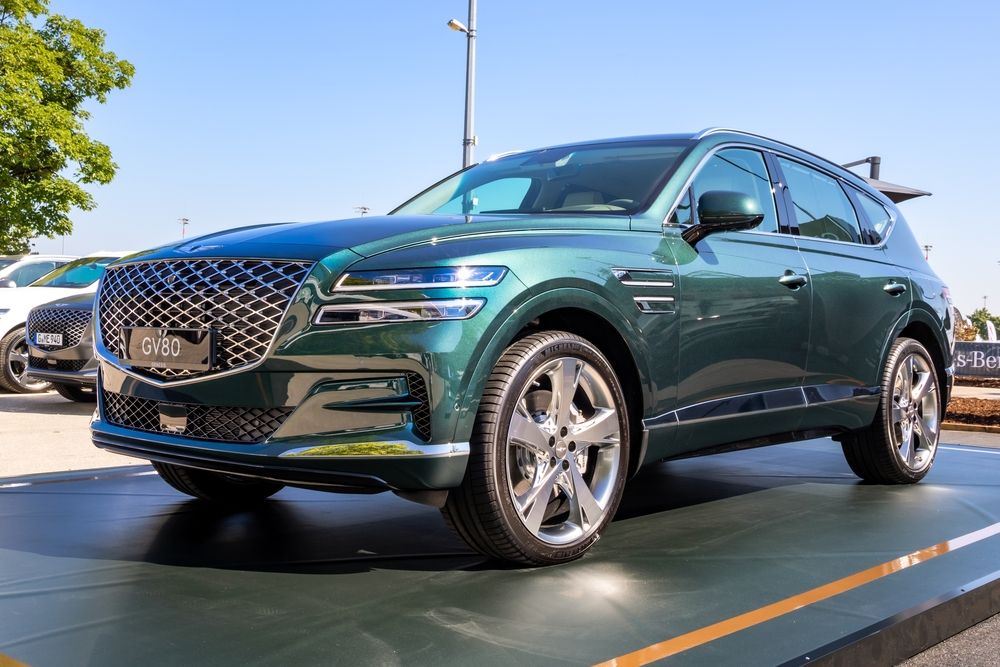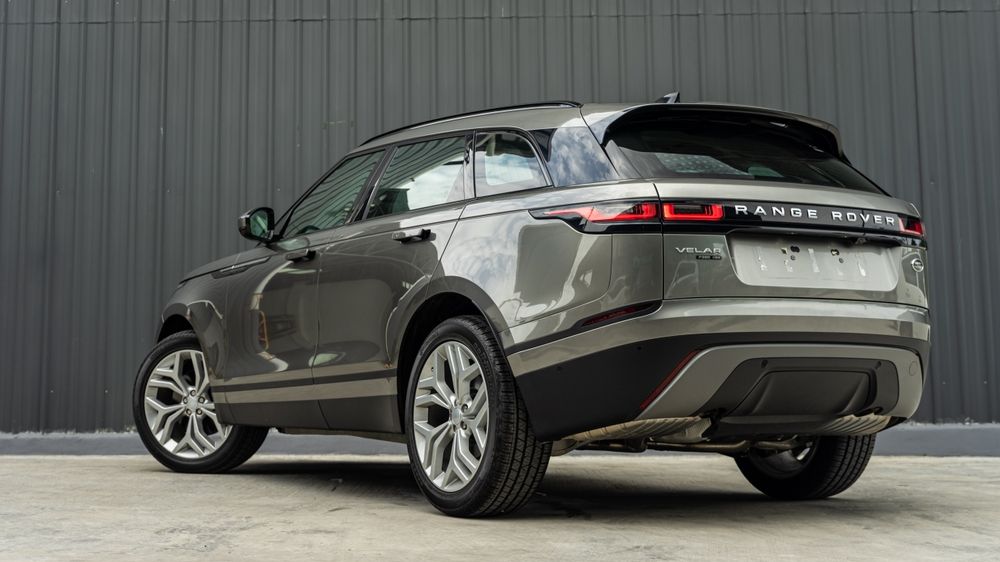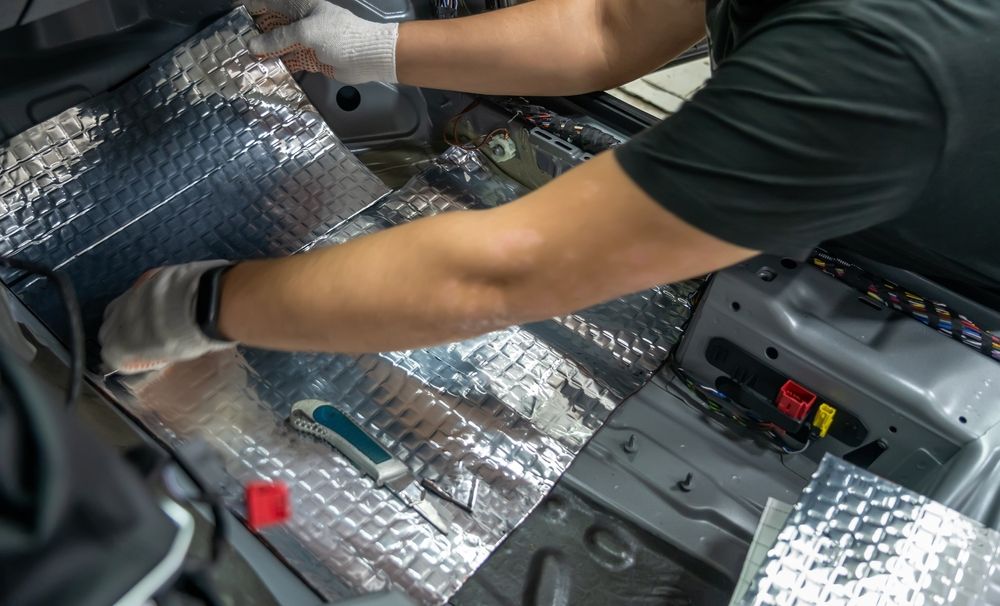Summary
- Road noise and wind noise are major culprits in car cabins that affect the driving experience.
- Active Noise Cancelation (ANC) in cars involves innovative technology like sensors and algorithms.
- Adding traditional soundproofing methods can help reduce unwanted interior noise effectively.
You probably don’t think much about all the noise inside your car—until you step into a quieter car and suddenly realize you’ve been missing something.
So, what’s behind making your car’s cabin so noisy when on the move? And what makes some cars feel almost eerily silent in comparison?
The Biggest Noise Culprits in a Car’s Cabin
Cars can get (un)surprisingly noisy, thanks to a mix of moving parts, road conditions, and external forces conspiring against a peaceful drive. Road noise is the biggest culprit, caused by your tires constantly interacting with the pavement, especially on rough concrete. Performance tires and worn-out treads make it even worse. Then there’s wind noise, which sneaks in through tiny gaps in doors, windows, and sunroofs, turning your car into a whistling tunnel at high speeds.
Engine and exhaust noises depend on the vehicle. Performance cars love to roar, and while that aggressive sound is thrilling on an open road, it can make the cabin a much noisier place. And then there are the sneaky interior rattles and vibrations—the loose coin in the cupholder, the dashboard buzzing at 45 mph, or that mystery creak when you hit a bump. These small annoyances add up, making your drive feel less refined.
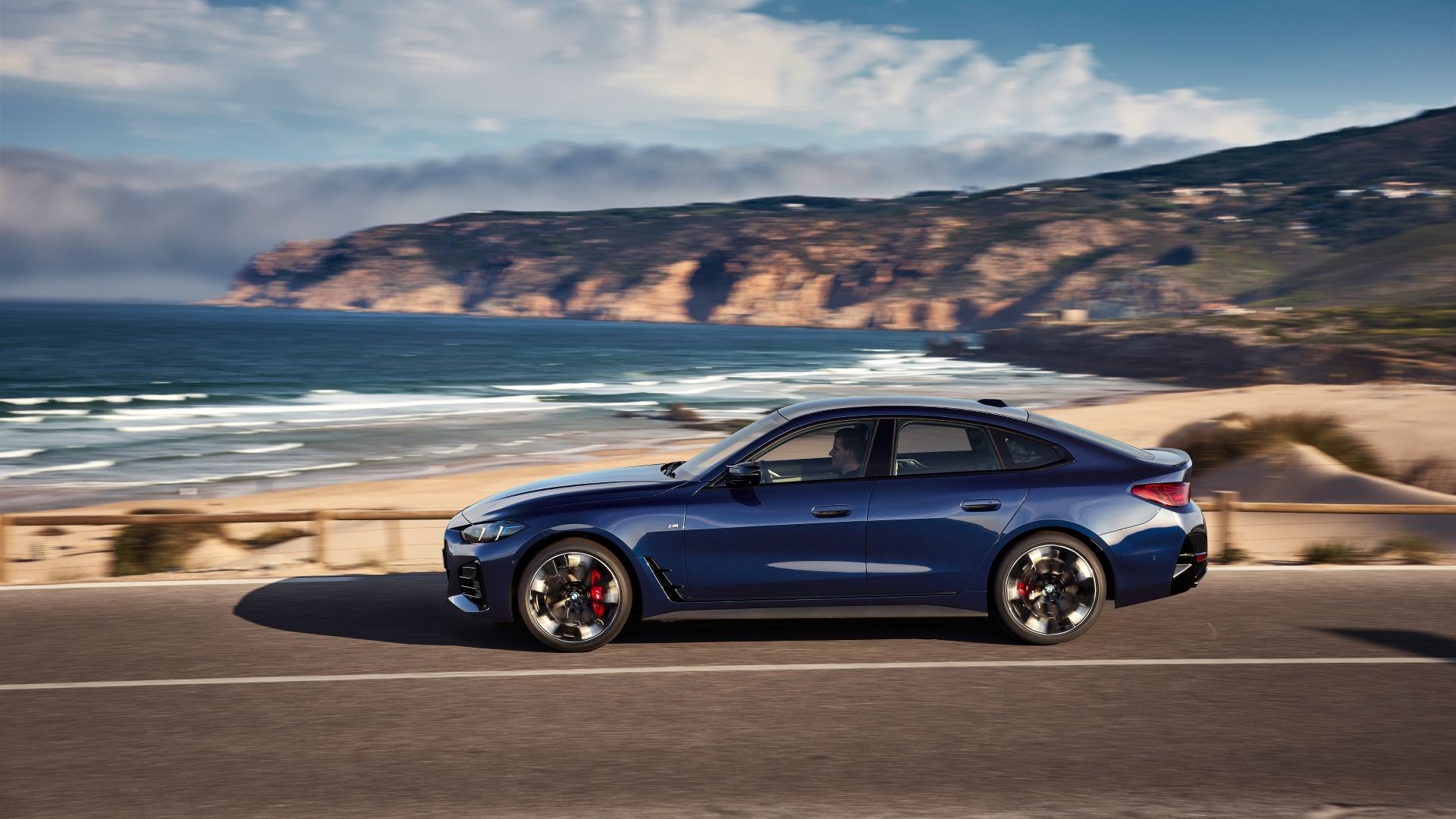
Related
The Best Value For Money Luxury EV in 2025
This 2025 luxury EV blends performance, tech, and range at a price that undercuts rivals, making it the best value for money in its class.
Active Noise Cancelation (ANC) in Cars Works Differently Than in Headphones
If you’ve ever used noise-canceling headphones, you probably know the magic (well, science) behind them:tiny microphones pick up ambient noise, and the headphones generate the opposite sound wave to cancel it out.
However, cars are much bigger and more complicated beasts than a pair of earbuds, and applying ANC to a moving vehicle comes with a whole different set of challenges. So, carmakers have had to get creative.
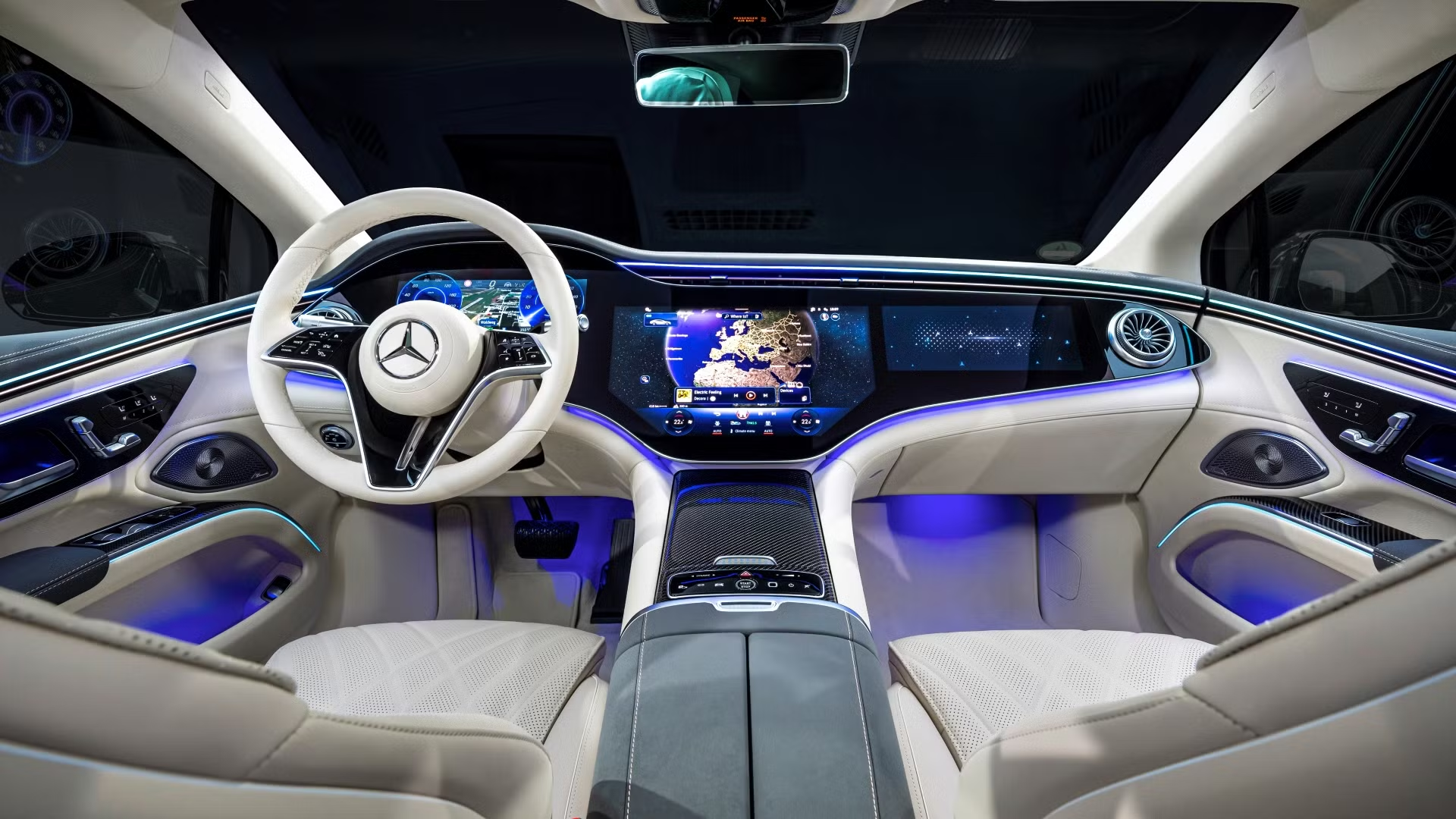
Related
The Most Advanced Technology In Cars Today
Modern cars are smarter than ever, packed with cutting-edge innovations that enhance convenience, safety, and the overall driving experience.
Take Bose’s QuietComfort Road Noise Control, for instance. It uses accelerometers mounted on the car’s body to detect vibrations from the road and tires and feeds this data into a specialized algorithm. This algorithm then crafts a precise acoustic cancelation signal blasted through the car’s speakers to dampen the noise. Microphones inside the cabin keep tabs on what’s left, fine-tuning the signal to adapt to changing road conditions or even the vehicle’s wear over time.
Hyundai’s Road-Noise Active Noise Control (RANC) system takes a similar approach but ups the ante with velocity sensors and a lightning-fast Digital Signal Processor (DSP). It analyzes road noise in just 0.002 seconds—faster than the 0.009 seconds it takes for that noise to reach you—and generates an inverted sound wave tailored to each seating position. This reduces in-cabin noise by around 3dB, which the human ear perceives as a significant drop.
Then there’s Silentium’s Quiet Bubble, which gets even more inventive. It creates personal “quiet zones” around passengers’ heads, either through the car’s speakers or embedded in the seats themselves, slashing road and engine noise significantly in certain frequency ranges. Silentium also tackles noise at its source—like the HVAC system—offering a dual-pronged attack that can drop unwanted sound by over 10dB(A) in some cases.
A Few Examples of Cars With ANC
As you will have observed in the video embedded above, Hyundai Motor Company, teaming up with HARMAN International, made history in 2020 by debuting the world’s first Road-Noise Active Noise Control (RANC) system in the Genesis GV80. This innovative technology actively reduces in-cabin noise by emitting sound waves that counteract unwanted road noise, resulting in a quieter and more enjoyable ride.
That same year, Jaguar Land Rover also took a big leap in noise cancelation with the Jaguar F-Pace, XF, and Range Rover Velar. Partnering with Silentium’s Quiet Bubble technology, the system uses sensors on each wheel to track vibrations in real time. It then generates precisely tuned opposing sound waves through the Meridian audio system, cutting down on intrusive noise spikes by as much as 10 decibels.
Beyond these specific examples, many recent models from brands like Lexus, Honda, Rolls-Royce, Cadillac, Lincoln, BMW, and Mercedes-Benz feature advanced noise-canceling technology to enhance cabin comfort. While the exact implementation varies by manufacturer and model, these innovations contribute to a quieter, more refined driving experience.

Related
10 Used Vehicles That Offer Luxury and Tech Without the Hefty Price Tag
These 10 used vehicles offer luxury and high-tech features without the hefty price, making them great choices for budget-conscious buyers.
Can You Add Active Noise Cancellation to Your Existing Car? Here’s What’s Possible
The short answer? To some extent. While you can’t just slap a noise-canceling chip into your car as you would with a pair of fancy earbuds, there are ways to reduce unwanted noise using old-school methods—essentially soundproofing your car. It’s not as flashy as the high-tech ANC, but it’s far more accessible and highly effective.
One tried-and-true method is adding soundproofing mats (like Dynamat or Noico) to your car’s floor, doors, and trunk. These materials absorb vibrations and cut down on road noise—like wrapping the inside of your car in a noise-canceling blanket. If you don’t want to rip up your interior, sound-dampening sprays like LizardSkin can help reduce vibrations on metal surfaces.
You might also want to consider replacing or adding extra weatherstripping to your car’s doors, windows, sunroof, and windshield. Over time, rubber seals wear out, allowing in more wind and road noise. Another simple upgrade would be to swap your regular tires (especially those with aggressive tread patterns) for “silent” or “quiet” tires with noise-reduction technology to drastically cut down on road hum.
No matter what you do, your car will never be as silent as a pair of noise-canceling headphones. Even vehicles with built-in ANC still let in some external sound—because, well, you kind of need to hear the world around you when you’re driving.


